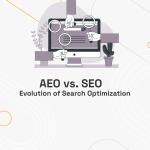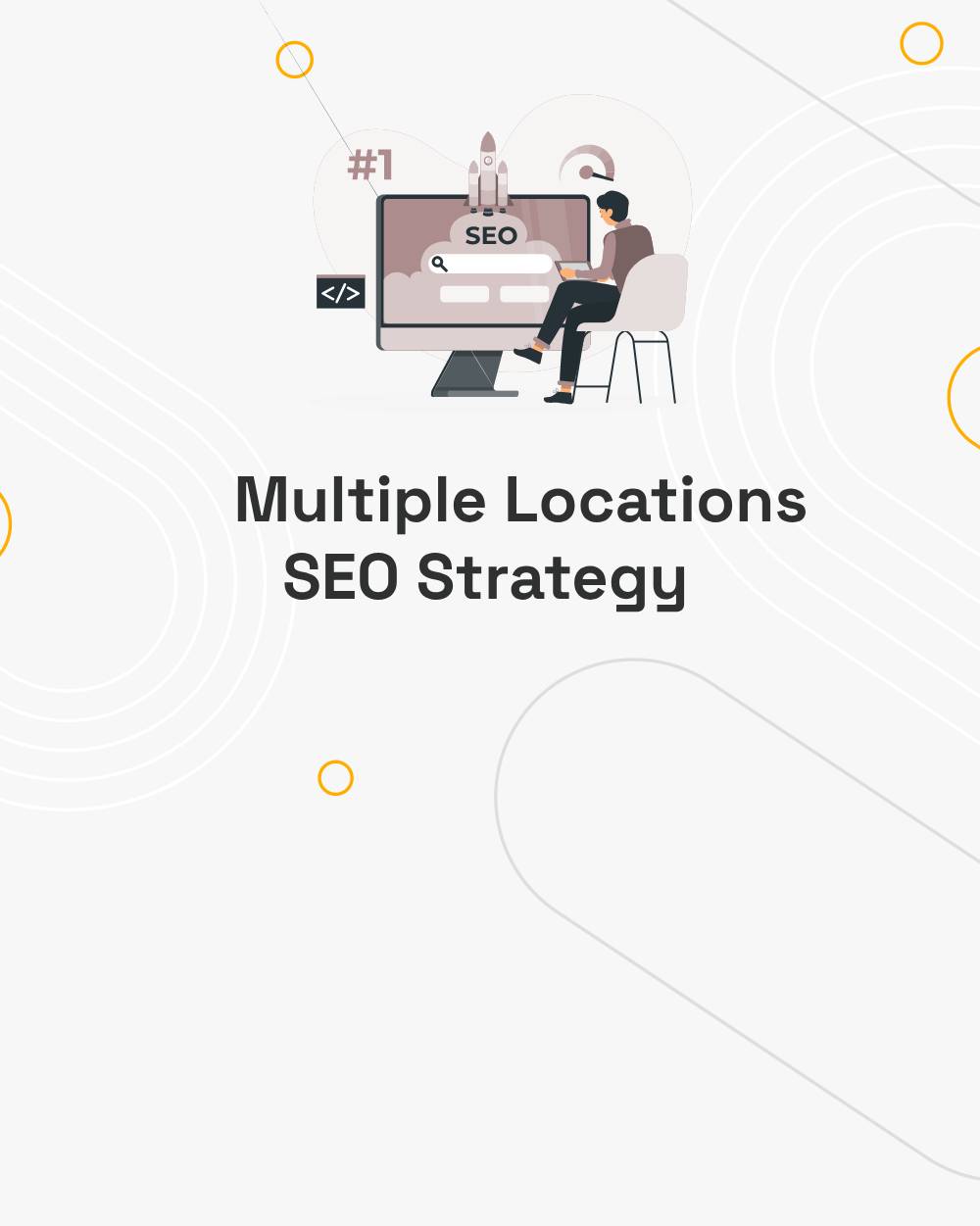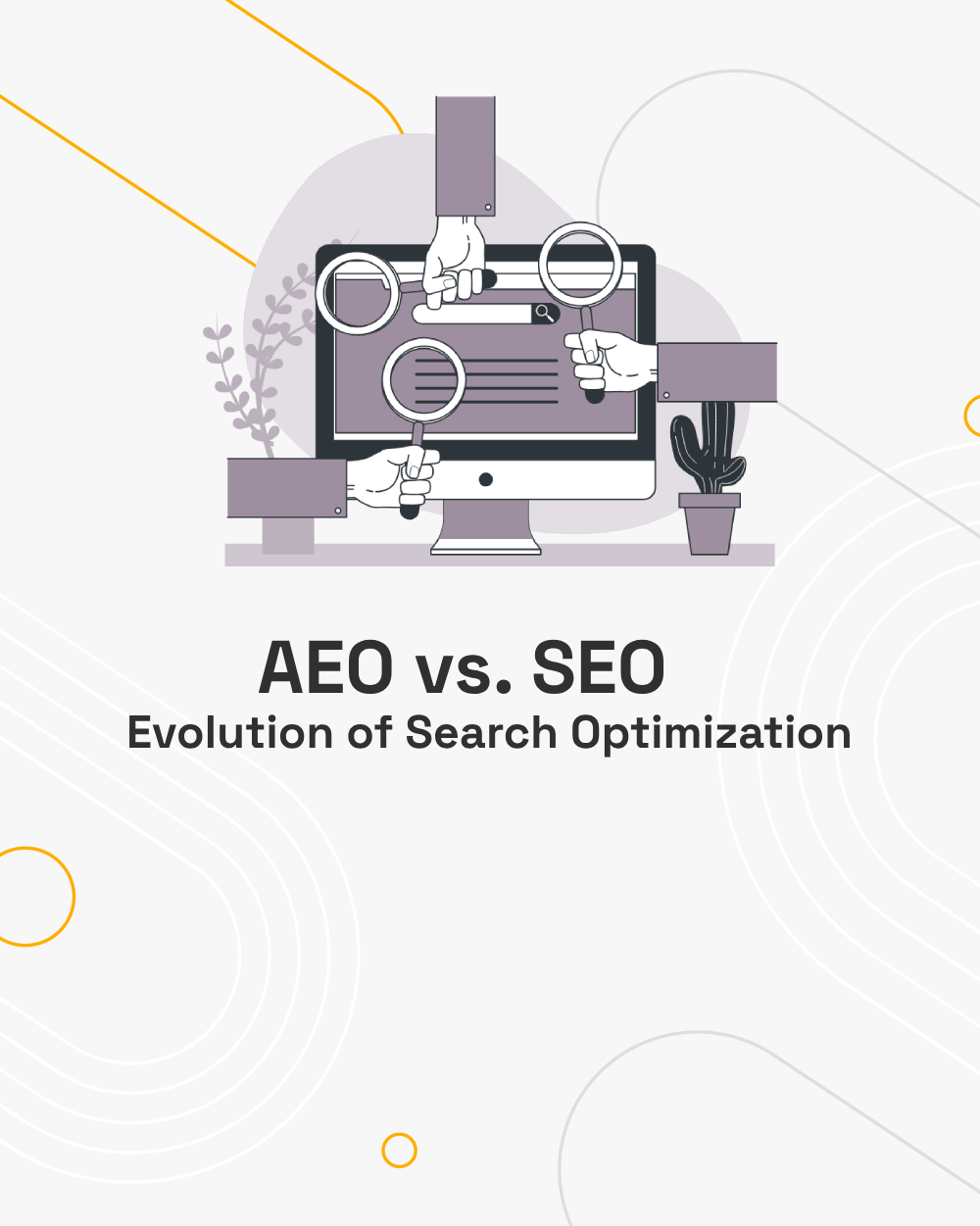SEO Strategy for Multiple Locations: A Comprehensive Guide
- Kaisar Hamid
- 0 Comments
In today’s digital-first world, businesses with multiple locations face unique challenges when it comes to search engine optimization (SEO). Optimizing for multiple locations requires a strategic approach to ensure each location ranks well in local search results while maintaining a cohesive brand presence. This guide will walk you through the essential elements of a robust multi-location SEO strategy.
Understand the Basics of Local SEO
Before diving into multi-location SEO, it’s important to grasp the fundamentals of local SEO. Local SEO focuses on optimizing a business’s online presence to attract customers from specific geographic areas. Key components include:
- Google Business Profiles (GBP): Ensuring each location has an accurate, up-to-date Google Business Profile. This profile acts as a cornerstone for local search visibility, displaying essential details like address, hours, reviews, and more.
- NAP Consistency: Maintaining consistent Name, Address, and Phone Number information across all online platforms is crucial for building trust with search engines and avoiding confusion among customers.
- Localized Content: Creating content tailored to local audiences helps engage customers by addressing their specific needs, preferences, and cultural nuances.
Creating Unique Pages for Each Location
Developing unique pages for each business location is essential for optimizing multi-location SEO. It not only enhances your website’s visibility in local searches but also delivers a tailored experience to users seeking location-specific information. Below is a detailed approach to crafting effective location pages.
1. Establish a Clear URL Structure
- Create a consistent and intuitive URL format for location pages, such as:
- www.example.com/location-name
- www.example.com/state/city-name (for larger organizations with numerous locations)
- Keep URLs short and descriptive to improve readability for both users and search engines.
2. Incorporate Local Keywords
- Perform keyword research to identify high-ranking, location-specific terms.
- Include these keywords naturally in the following elements:
- Meta Titles: Example: “Plumber Services in Springfield | Your Trusted Local Experts”
- Meta Descriptions: Summarize the page’s content with a location-specific focus.
- Headings (H1, H2): Highlight local relevance, such as “Top Plumbers Serving Springfield and Surrounding Areas.”
- On-Page Content: Write engaging, localized content showcasing services, events, or community involvement.
3. Highlight Location-Specific Details
- Add the following information prominently on each page:
- Address and Phone Number: Use a consistent format (NAP – Name, Address, Phone) across all pages and listings.
- Operating Hours: Provide accurate and up-to-date schedules.
- Embedded Google Map: Integrate an interactive map to help users find your location with ease.
- Photos: Show images of the location, team, or specific services offered.
4. Showcase Customer Reviews
- Display testimonials and ratings specific to each location.
- Encourage satisfied customers to leave reviews on platforms like Google My Business and Yelp, and feature them directly on the respective pages.
- Highlight unique achievements or recognitions for each location to build credibility and trust.
5. Optimize for Local SEO
- Ensure every page has unique content to avoid duplicate content penalties.
- Link each location page to its corresponding Google My Business profile.
- Add structured data markup (schema.org) for local business information, which helps search engines better understand your page’s purpose.
- Include internal links to other location pages or related services to improve site navigation and SEO performance.
6. Provide Value-Added Content
- Create location-specific blog posts or FAQs that answer common customer queries for the area.
- Highlight local events, partnerships, or sponsorships to demonstrate community involvement.
- Share promotions or deals exclusive to that location.
Optimize Google Business Profiles for Each Location
Optimizing Google Business Profiles (GBP) for multiple locations can significantly boost your local SEO and ensure each location gets the visibility it deserves. Here’s a step-by-step guide:
Set Up Individual Listings for Each Location
- Create a Separate Profile: Ensure each location has its own Google Business Profile. Avoid using a single profile for multiple branches.
- Use Consistent Branding: Maintain uniformity in your business name, logo, and other branding elements across profiles.
Accurate and Detailed Information
- Name, Address, Phone (NAP):
- Ensure the NAP is accurate and consistent across GBP and other online directories.
- Business Categories:
- Choose the most relevant primary category and use additional categories if applicable.
- Business Hours:
- Include regular, holiday, and special event hours.
- Website:
- Link to the specific location’s page on your website rather than the homepage.
Add High-Quality Visuals
- Photos: Upload location-specific photos (interior, exterior, team, and services).
- Videos: Include short videos showcasing the location, unique offerings, or events.
Localize Your Content
- Write location-specific descriptions focusing on what makes each branch unique.
- Highlight services or products that cater to the specific community.
- Use keywords relevant to the area, such as “[service] in [city/neighborhood].”
Encourage and Manage Reviews
- Ask customers to leave reviews on GBP for the specific location they visited.
- Respond to all reviews promptly, addressing both positive and negative feedback professionally.
- Highlight unique aspects of the location in your responses.
Utilize GBP Features
- Posts:
- Share offers, events, or updates specific to the location.
- Q&A Section:
- Proactively add and answer common questions.
- Attributes:
- Use attributes like “Women-owned,” “Wheelchair accessible,” or “Free Wi-Fi” to make the profile more relevant.
- Products and Services:
- List location-specific offerings.
Local Backlinks and Citations
- Build backlinks and citations with local websites, directories, and blogs.
- Ensure the NAP is consistent across all citations.
Track Performance
- Regularly monitor GBP Insights to see how customers interact with your profiles (e.g., calls, directions requests, website clicks).
- Use analytics tools to measure ROI from GBP optimization.
Leverage Localized Content Marketing
Content marketing tailored to each location can significantly improve local rankings. Strategies include:
- City-Specific Blog Posts: Write articles about events, news, or attractions in the area. For instance, a restaurant chain could write about popular local dishes or upcoming food festivals.
- Localized Landing Pages: Create service pages targeting specific services offered in particular locations, ensuring they address local needs and preferences.
- Community Involvement: Highlight partnerships, sponsorships, or participation in community events to build goodwill and enhance local relevance.
Build Local Backlinks
Backlinks remain a cornerstone of SEO, and local backlinks are especially valuable for multi-location businesses. Consider:
- Local Directories: Submit your business to local and industry-specific directories, ensuring consistent NAP details.
- Community Websites: Collaborate with local blogs, chambers of commerce, and neighborhood sites to gain high-quality backlinks.
- Sponsorships and Partnerships: Partner with local organizations, events, or charities to earn mentions and links that demonstrate your local involvement.
Manage Online Reviews Effectively
Reviews play a crucial role in local SEO and customer decision-making. Tips for managing reviews include:
- Encourage Reviews: Politely request reviews from satisfied customers, either in person or through follow-up emails and receipts.
- Respond to Feedback: Engage with both positive and negative reviews to show your commitment to customer satisfaction and resolve concerns professionally.
- Monitor Review Platforms: Regularly check Google, Yelp, and other relevant platforms to stay updated on customer feedback and address any issues promptly.
Use Schema Markup
Schema markup helps search engines better understand your business’s information. For multi-location businesses, this means:
- LocalBusiness Schema: Add structured data for each location, specifying details like the name, address, phone number, and business hours.
- Rich Results: Enable features like FAQs, reviews, and event listings in search results, making your listings stand out and providing additional information to users.
Implement a Robust Technical SEO Foundation
Technical SEO is essential for ensuring search engines can crawl and index your multi-location pages effectively. Key considerations include:
- Mobile Optimization: Ensure all pages are mobile-friendly, as a significant portion of local searches occur on mobile devices.
- Fast Loading Speeds: Optimize images, reduce server response times, and leverage caching to provide a seamless user experience.
- XML Sitemaps: Create and submit sitemaps that include all location pages to help search engines understand your site structure.
- Canonical Tags: Avoid duplicate content issues by correctly implementing canonical tags for similar pages.
Monitor and Measure Performance
Regularly tracking and analyzing performance is crucial for refining your strategy. Use tools like:
- Google Analytics: Monitor traffic and user behavior for each location page to understand what’s working and what needs improvement.
- Google Search Console: Identify technical issues, track keyword rankings, and analyze impressions and clicks.
- Local Rank Trackers: Use tools like BrightLocal or SEMrush to track local rankings and performance over time.
Conclusion
SEO for multiple locations requires a blend of localized optimization and consistent branding. By creating unique content, optimizing Google Business Profiles, leveraging local backlinks, and monitoring performance, businesses can drive traffic and conversions across all locations. Start implementing these strategies today to enhance your multi-location SEO efforts and gain a competitive edge in your target markets.




